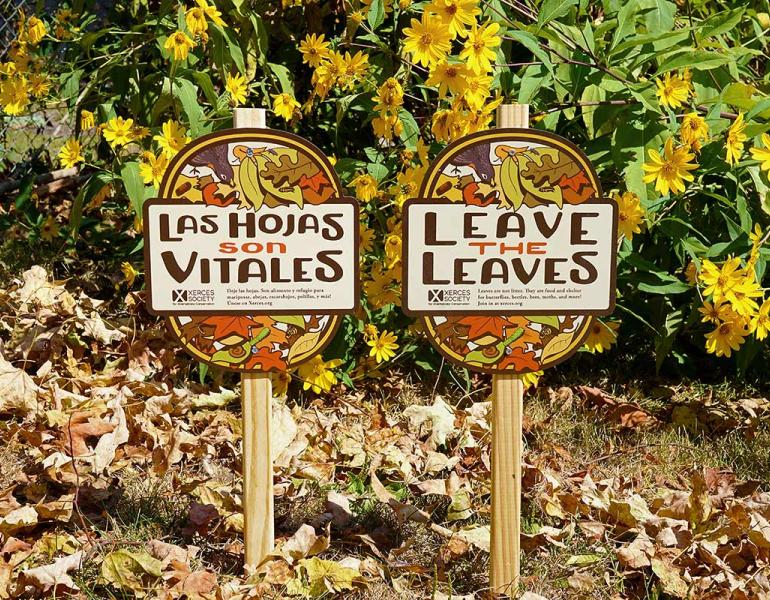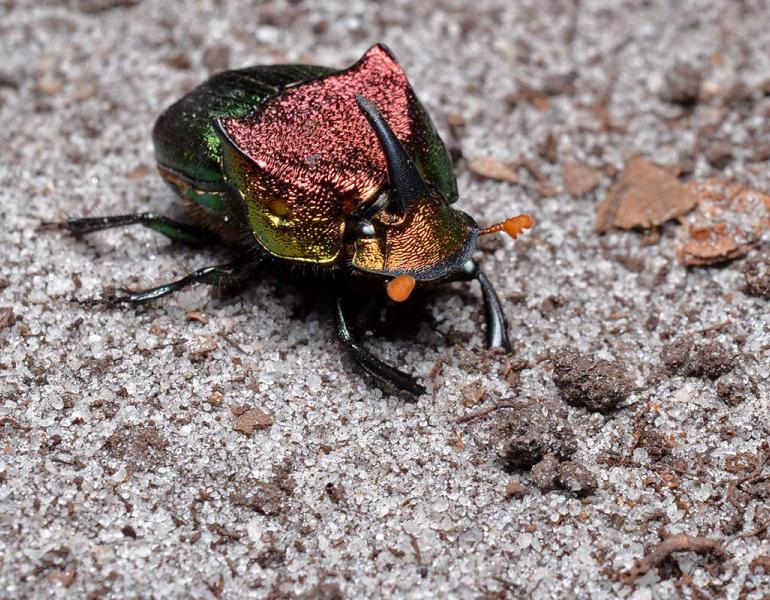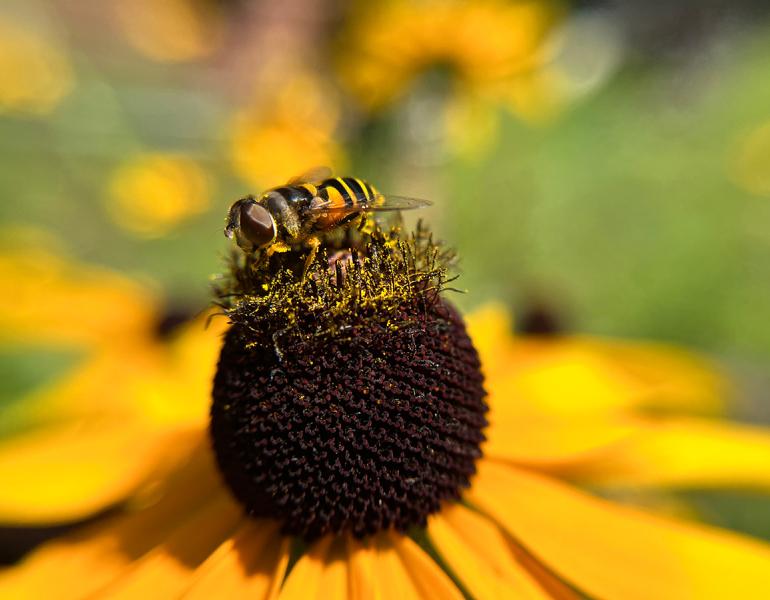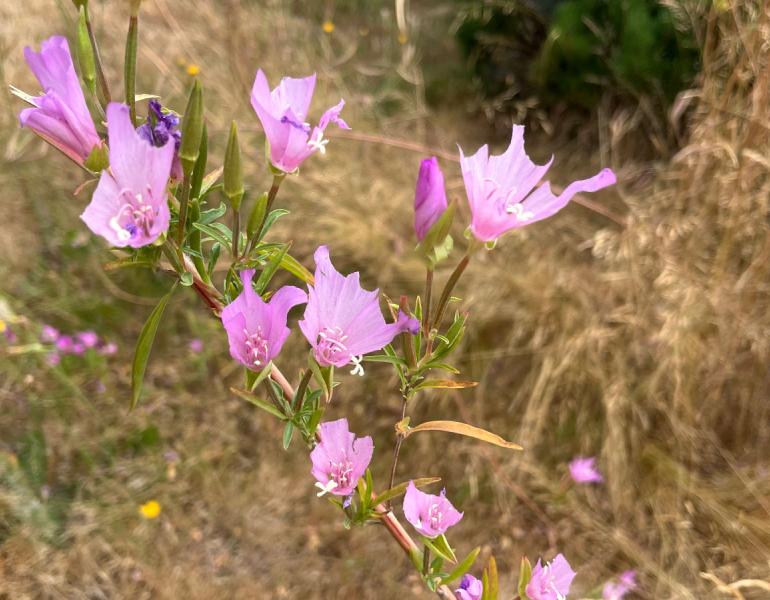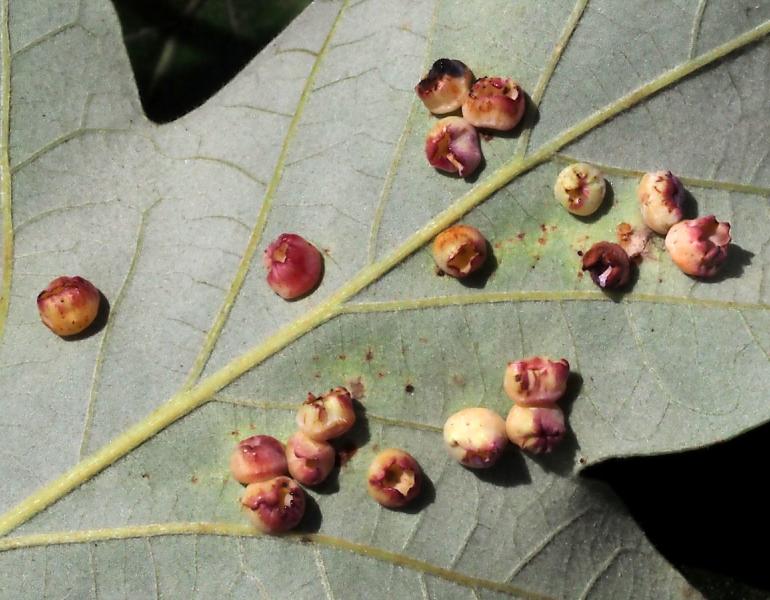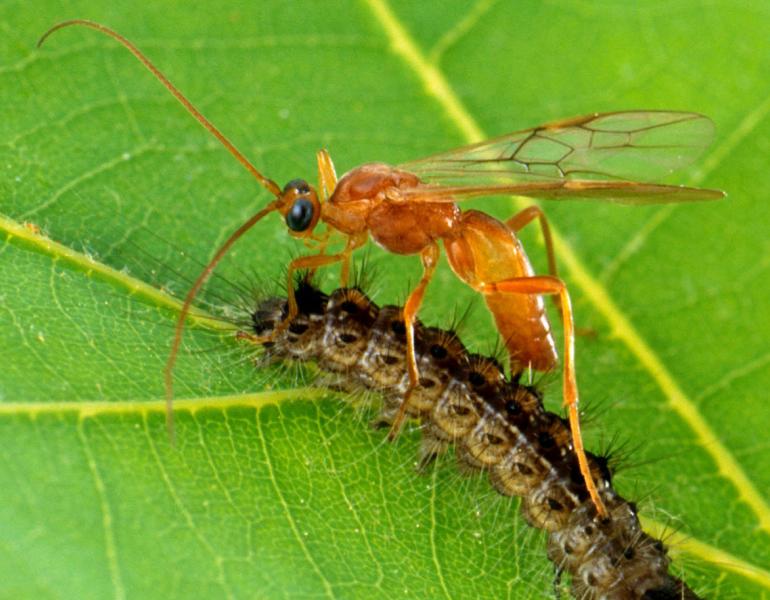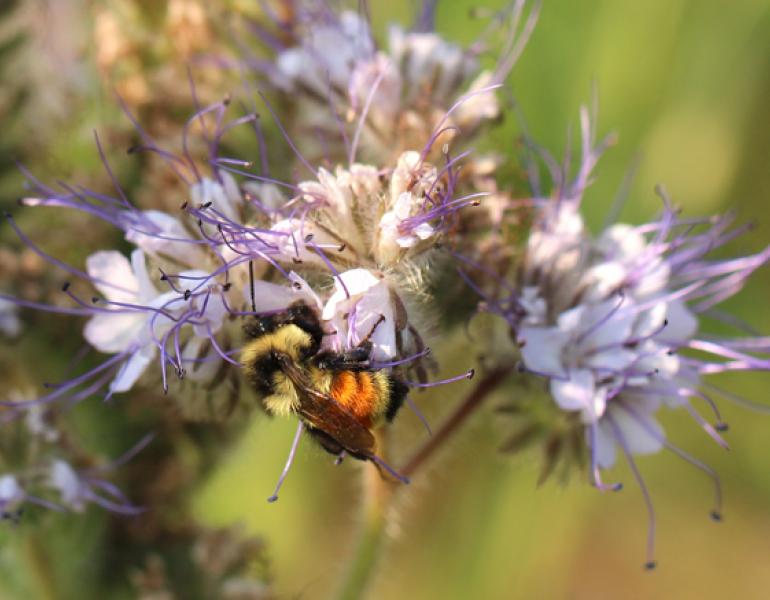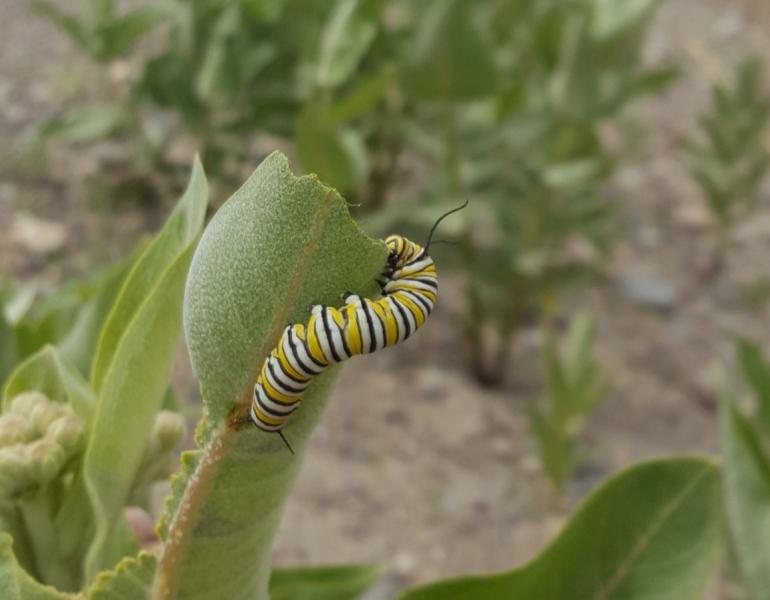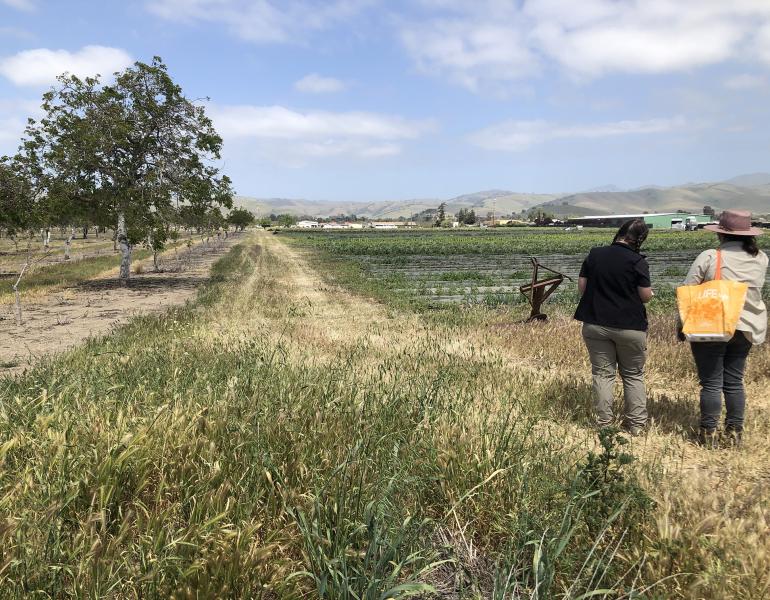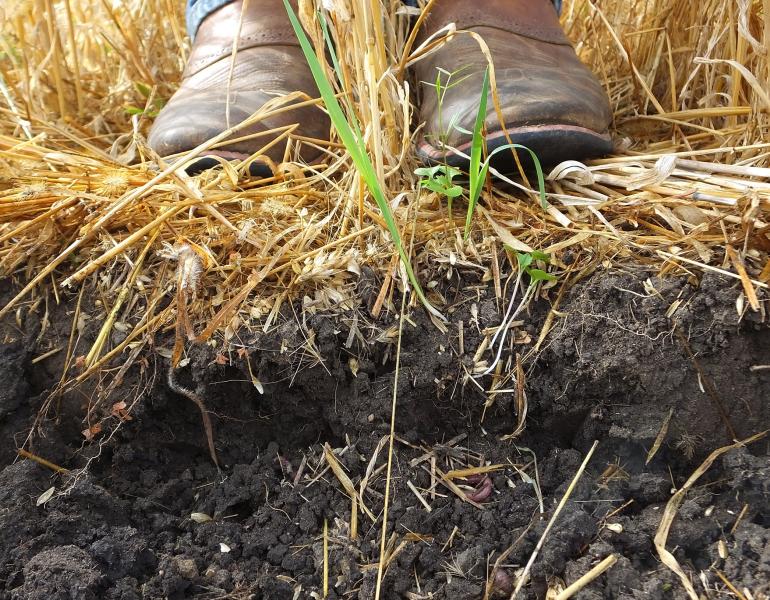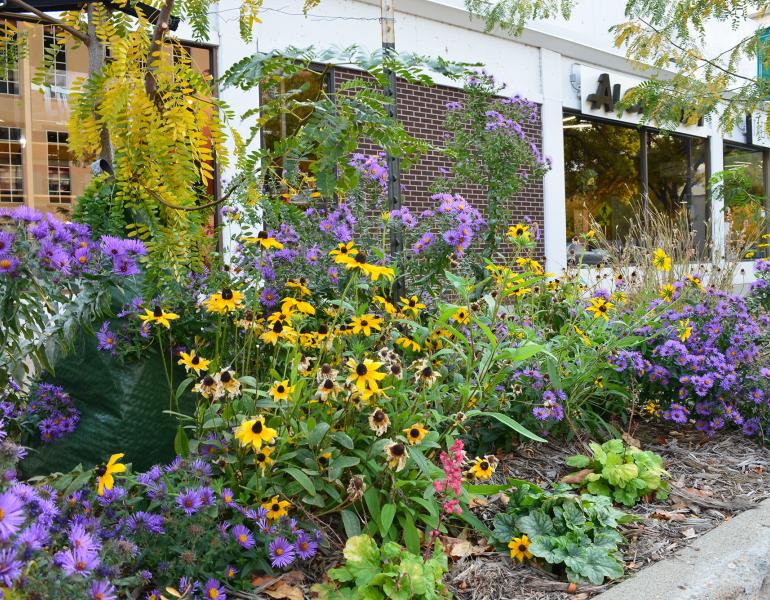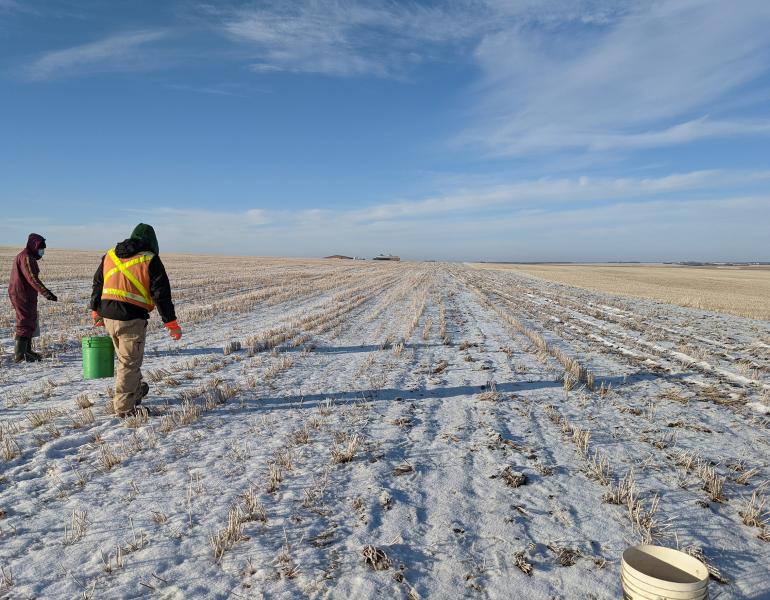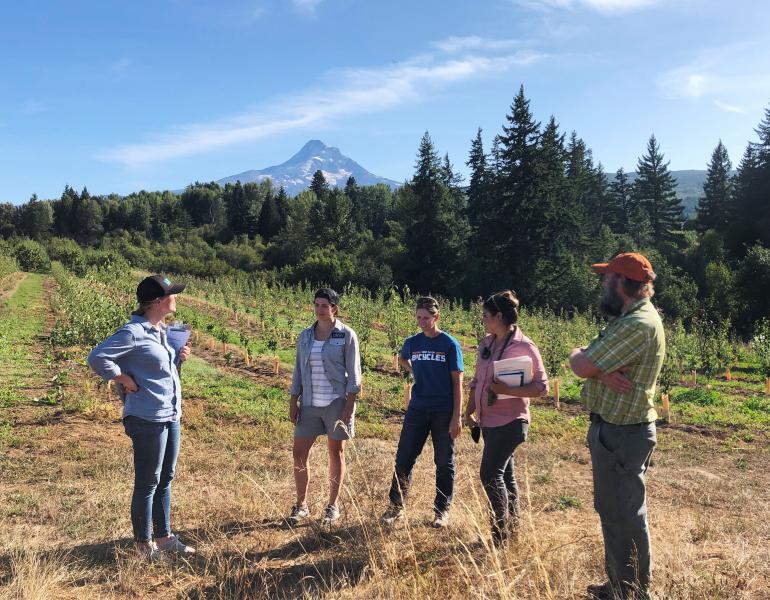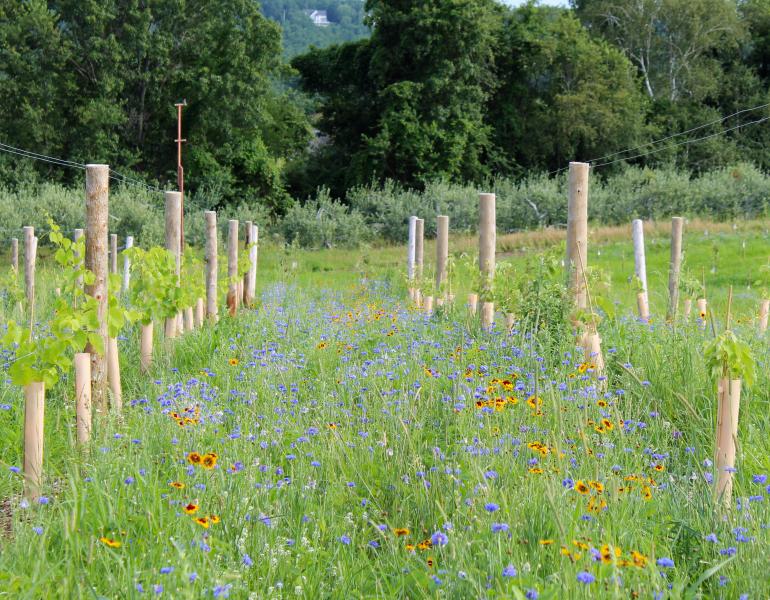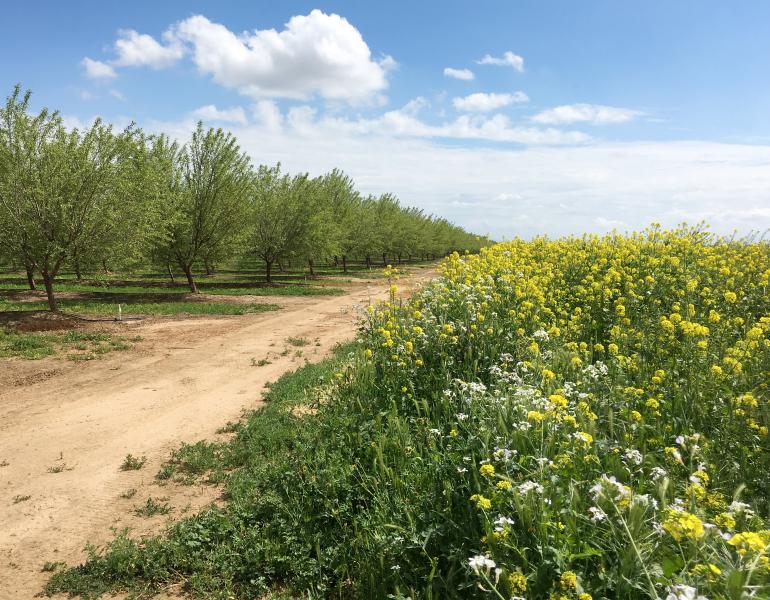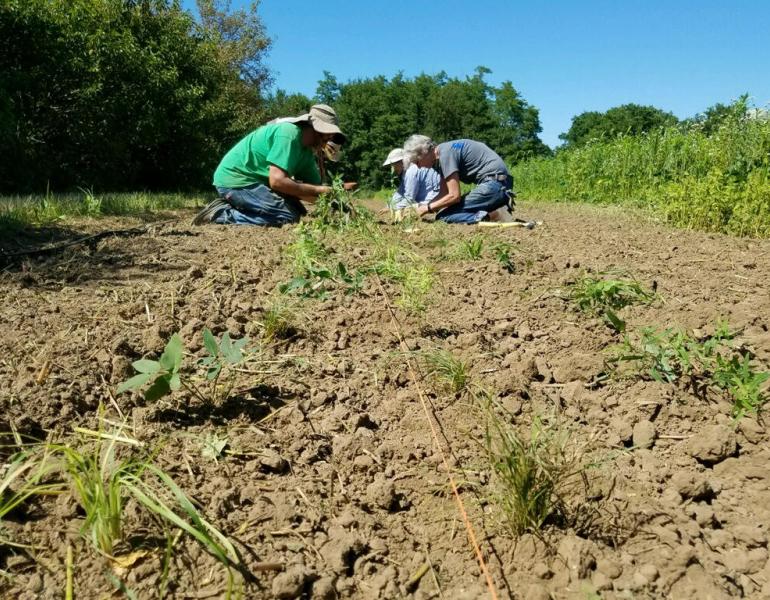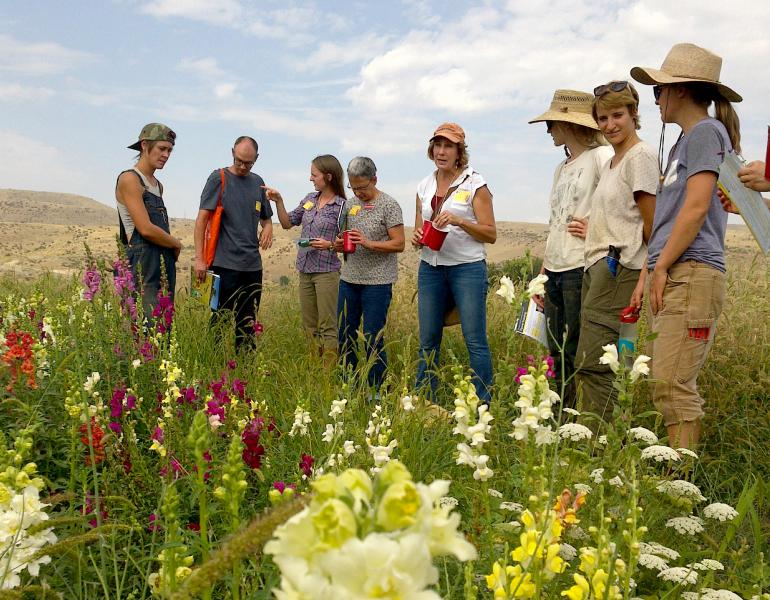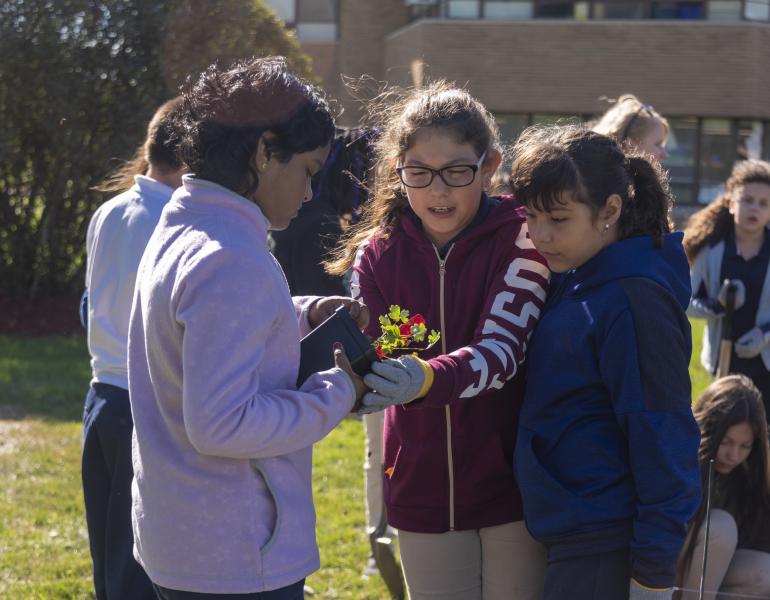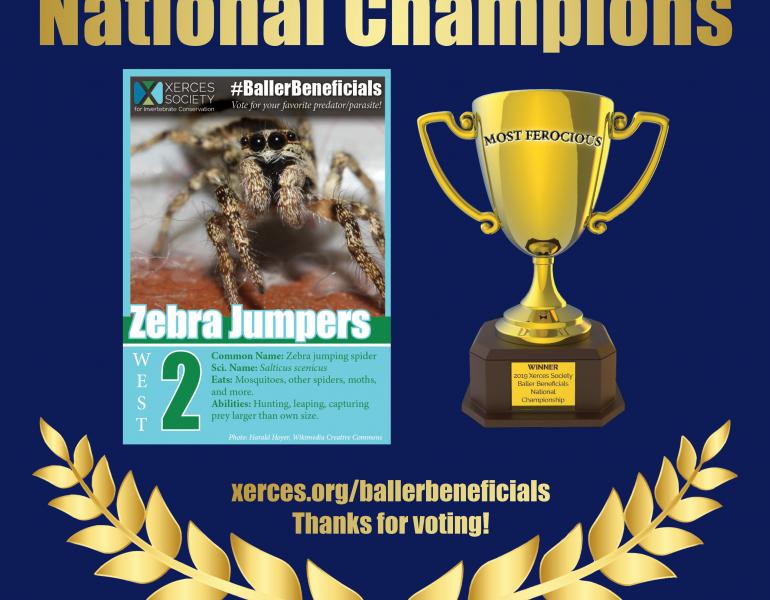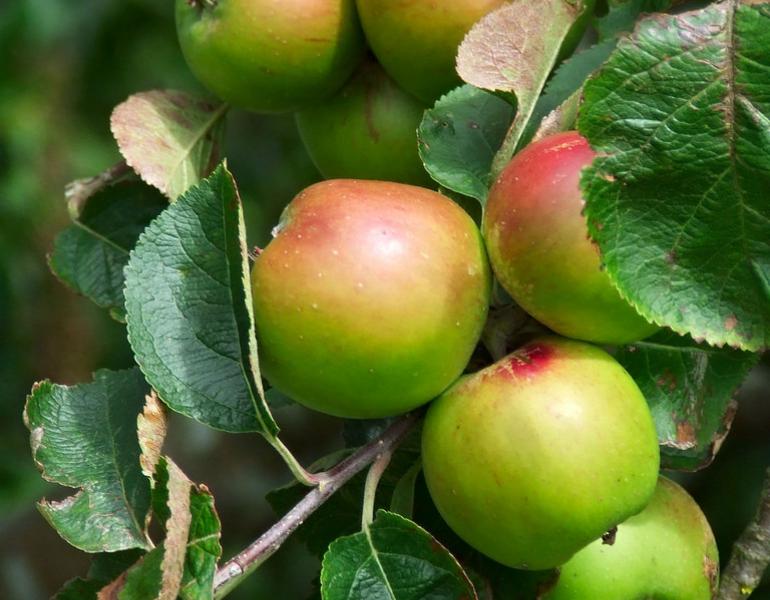Fallen leaves provide year-round habitat for all sorts of beneficial insects that eat pests in your yard!
Beneficial Insects
All About Dung Beetles and Why They Matter
Dung beetles are a key component of a healthy ecosystem, in both natural and agricultural areas!
5 Beneficial Insects for Farms and Gardens
These helpful bugs are ready to control your garden pests for you!
Nature Notes: Snapshots of the Wildlife in our Gardens
Members of the Xerces Society’s pesticide reduction team share fun and fascinating observations of invertebrates in and around their yards and gardens.
Myrmecochory: How Ants Shape Plant Communities
Birds aren’t the only animals that help move seeds to new places. Julie Michaelson shares how many plants actually have a secret seed-carrying partnership with ants!
Are My Plants Okay? How to Respond To Insects and Diseases in Trees and Shrubs
Learn how to recognize beneficial insects, and address many issues without pesticides.
Parasitoids Are an Important Part of Our Food Web, Too
Kevin Burls shares his experience of discovering how even one species of caterpillar can be a vital resource for many different species of parasitoid insects.
Pollinator Friendly Cover Cropping for Vegetable Farmers
Planting cover crops in bare agricultural fields not only improves soil health and suppresses weeds, but it can also attract beneficial insects! We're here to help navigate the complexities and nuances of the optimal cover cropping system.
Midsummer Management of Crop Pests and Pollinators
At the peak of summer, you can keep crops buzzing and send pests packing in a pollinator-safe way.
Xerces Introduces New Searchable Systemic Insecticides Reference
The Xerces Society's new Searchable Systemic Insecticides List allows anyone to understand the dozens of insecticides currently registered in the U.S. that are designed to permeate plants from within. Systemic insecticides can render some or all of a plant toxic to insects that feed on plant tissue and are commonly used to suppress herbivorous sucking or chewing insects like aphids, caterpillars, and root nematodes. Unfortunately, systemic insecticides also harm beneficial insects.
The Value of Conservation Planning
Land owners and managers across the state of California have taken up the call to get more habitat in the ground for monarchs. But there’s one important process that comes into play prior to on-the-ground restoration: before we can plant, we plan.
Insecticide Seed Treatments Threaten Midwestern Waterways
Midwestern waterways are alive with beneficial invertebrates, but these essential species are threatened by a wide variety of contaminants. Xerces has just released a fact sheet that explores how the ubiquitous use of seed treatments affects water quality throughout the Midwest, and the findings are sobering for our aquatic ecosystems.
Pollinator Conservation Program Digest – August 2021
In this month's Pollinator Team Digest, Jessa Kay Cruz recounts the hard work needed to track down sources of native plant seeds in the hills of California’s East Bay region and Stephanie Frischie describes the work done on our Soil Life initiative.
Pollinator Conservation Program Digest – July 2021
In July's Pollinator Team Digest, Sarah Hamilton Buxton describes a multi-organization collaboration bringing pollinator plantings to the heart of Bismarck, ND, and Jennifer Hopwood introduces the amazing life beneath our feet that is at the center of a new conservation initiative focused on soil life.
The Actual Earth of Earth Week
Soils support the most biologically rich animal communities on earth, outside of our oceans. A single cubic foot of tallgrass prairie soil may contain billions of organisms, and more species diversity than the entire above-ground Amazon rainforest. Yet we think little of this life.
Pollinator Conservation Program Digest – February 2021
Our pollinator team members provide regular digests on their work. In this bumper edition, three of our staff provide updates. Stephanie Frischie discusses planting seeds, Nancy Lee Adamson highlights monarch conservation in the Southeast, and Emily May introduces a newly released video.
On-farm habitat for beneficial insects provides multiple benefits
To help reverse insect declines, the Xerces Society has been working with farmers across Iowa to create a network of on-farm demonstration sites that showcase a wide variety of pollinator habitat options and installation methods. This project, supported by CIG funding from the Iowa NRCS, seeks to not only boost local insect populations on each individual farm, but also to design projects and test ideas that other farmers in the community and across the Midwest can learn from.
Pollinator Conservation Program Digest - January 2020
January's featured staff members have been working with growers in one of Oregon's major fruit-producing regions, and training conservation professionals to assess and improve habitat in Wisconsin.
Starting from Scratch: New Hampshire Farm Dives into Conservation Biological Control
This positive case study demonstrates the possibilities for farmers interested in supporting native pollinators and reducing or eliminating pesticide use.
Pollinator Conservation Program Digest – October 2019
October's featured staff members recently attended a carbon farm planning training in California, and spoke at an event that paired art and conservation in Iowa.
Pollinator Conservation Program Digest – August 2019
August’s featured staff members conducted a successful pollinator habitat workshop in Nebraska, and have been busy building beetle banks in Iowa.
Reflecting on a Multi-Year Conservation Biological Control Project
From 2015–2019, the Xerces Society brought a series of 61 day-long courses on conservation biological control to 49 states and 2,000 participants, with far-reaching results.
Community Scientists Take on the Cultivar Conundrum
The Xerces Society’s blog post “Picking Plants for Pollinators: The Cultivar Conundrum” highlighted the lack of research on this topic. To help address this knowledge gap, Budburst launched the Nativars research project in 2018.
Baller Beneficials! The 2019 Xerces Society Division 1 Beneficial Insect Championship
The 2019 Xerces Society Division 1 Beneficial Invertebrate Championship was a wild ride, with many upsets—and, of course, at the heart of it was the opportunity to learn about a wide array of fascinating creatures.
Pollinator Conservation Program Digest – October 2018
October’s featured staff hail from Oklahoma, California, and Nebraska, and have been providing workshops for the public, planning pollinator habitat for arid agricultural areas, and assessing the success of pollinator plantings.
Celebrate Invertebrates During National Apple Month
No matter how you obtain your apples—whether you pick them yourself, grab them at the grocery store, or go bobbing for them—it is important to take a moment to remember the pollinators and beneficial insects that make this delicious harvest possible.


